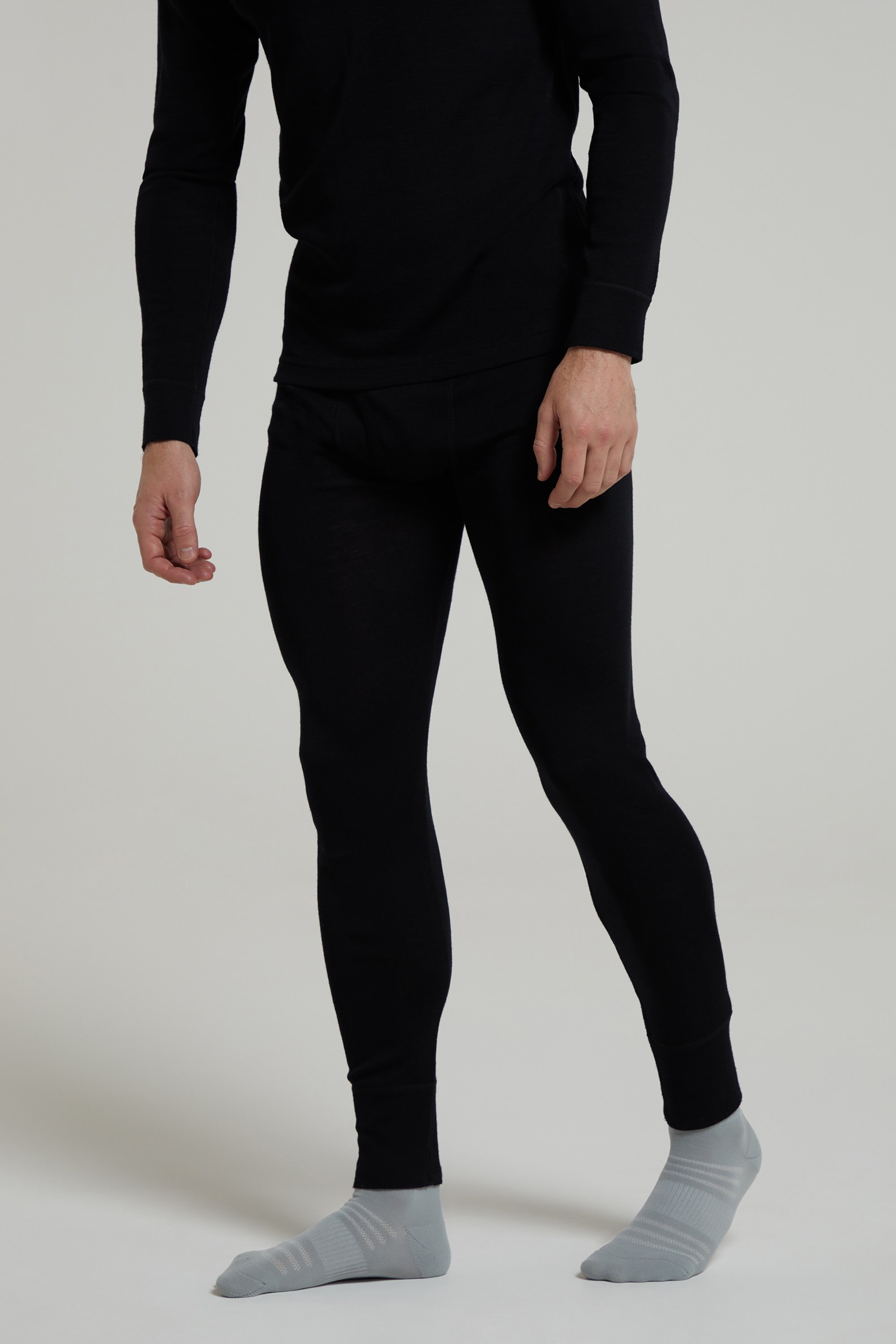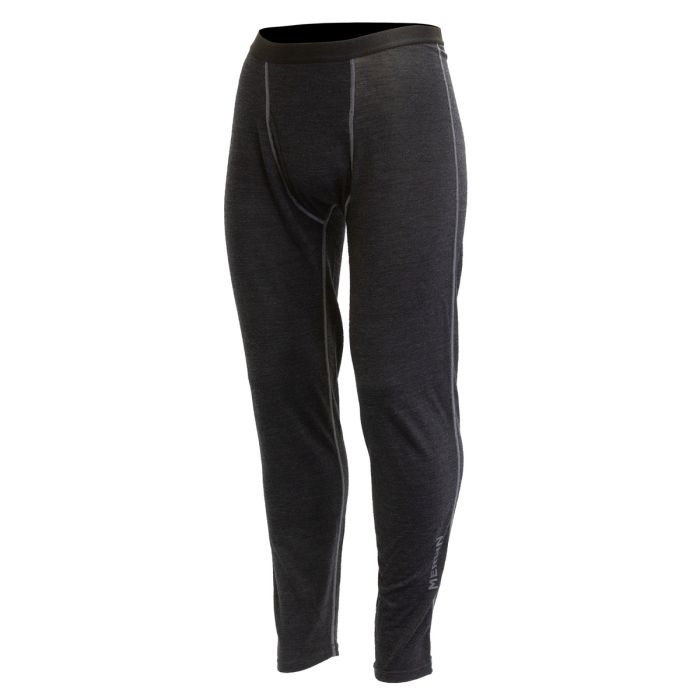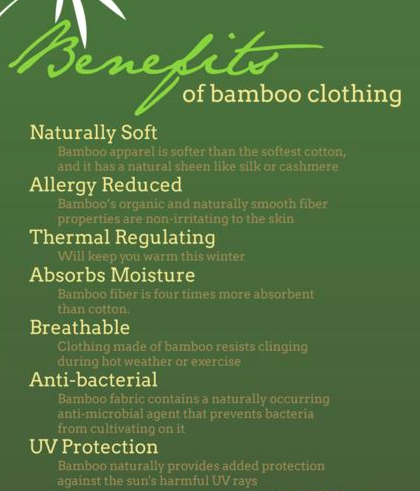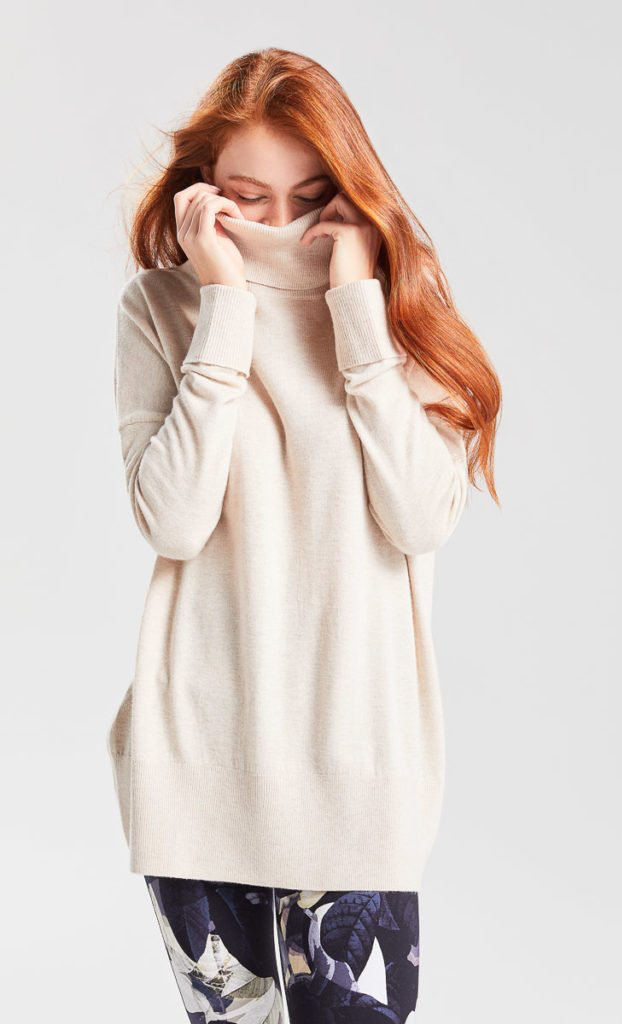Great knowledge, do anyone mind merely reference back to it 링크모음
Sustainable and renewable, Yak Merino wool base layer is extremely effective for winter sportswear, not just because it performs well, but also because of its natural fiber advantages.
Both Merino and Yak are organic fibers, that are derived from animals. They are renewable resources and can be harvested in a sustainable manner and without harming animals. They are biodegradable, which means they are able to can be broken down in nature without causing environmental harm.
Low environmental impact
Natural fibers typically have a lower environmental impact than synthetic fibers. The harvesting and cultivation of wool is less involving chemicals and less non-renewable materials as compared to synthetic fibers.
Energy Efficiency
The production of synthetic fibres such as polyester or nylon requires more energy. Natural wool manufacturing is energy efficient and results in lower carbon emissions.
Reduced Microplastic Pollution
Wool fibers contribute less to microplastics in water bodies than synthetic fibers. Synthetic fibers eliminate microplastics as they wash.
The product's longevity and its recycling
Yak merino clothes are usually durable, lasting a long duration. Wool fibers are also able to be recycled and reused. This decreases waste as well as the environmental impact.
Sustainability Practices
Manufacturers and producers of wool adhere to ethical, sustainable practices. They adhere to the welfare of animals, land management responsible and fair working conditions for the workers involved in the chain of production.
Environmental Certification-
Certifications like the Responsible Wool Standard and the Global Organic Textile Standard verify the ethically and environmentally sustainable practices used to produce wool. This gives consumers assurance regarding sustainability.
In general, the base layers made from yak wool merino have a minimal impact on the environment. They are made from renewable resources and adhere to the highest standards of sustainability and ethical conduct in their entire supply chain. When you choose natural fibers such as yak merino for winter sports apparel, you are supporting the environment and sustainable practices for consumption. See the most popular read full report about merino wool base layer for site info including ski base layer womens, hh lifa merino, merino base layer, merino wool base layer sale, smartwool long underwear, best thermals for skiing, best long underwear for skiing, smartwool 250 women's, merino wool base layer hunting, merino long underwear and more.

What Are Some Of The Benefits That Bamboo Clothing Provides In Terms Of Thermal Regulation And Uv Protection?
Regulation of Thermal Regulation-
Bamboo fabric insulation is breathable and has thermal-regulating properties. It provides warmth even in frigid temperatures. It assists in regulating body temperature as it retains warmth in cooler weather while also allowing for excessive heat to be prevented during physical activities.
UV Protection
Bamboo fabric is naturally resistant to harmful UV radiations. It blocks a significant portion of the ultraviolet rays of the sun providing a second layer of protection from exposure to sunrays.
Biodegradability-
Biodegradable - Bamboo clothing degrades naturally, meaning it doesn't leave negative residues after the end of their life cycle or cause environmental pollution. This feature reduces waste and lessens the environmental impact of discarding clothes.
Environmental Impact-
Sustainable - Bamboo as raw material is highly sustainable. It is a fast-growing plant that does not require chemical fertilizers or pesticides. It is a renewable resource because of its rapid development.
Low Water Usage- Bamboo requires relatively less water than other crops such as cotton, making it more water-efficient. This helps conserve water and eases pressure on resources.
Soil Conservation
Soil health- Bamboo cultivation does not remove soil nutrients, and it doesn't require large amounts of irrigation. This contributes to healthier soil conditions and decreases the need for harmful farming practices.
Carbon Sequestration
Carbon Absorption Bamboo plants are able to absorb more carbon dioxide and release oxygen into the air than some other plants. This property helps mitigate carbon emissions and combat climate change.
Bamboo's ability to regulate temperature in clothing, its UV protection, its biodegradability, and its positive impact on the environment are reasons why it is a top choice for those who are looking for practical and sustainable clothes. These attributes are in line with eco-friendly practices, bringing benefits to both the wearer as well as the environment. View the best linked here about bamboo clothing for more info including dixxon bamboo shirt, bamboo t shirts mens, bamboo cay shirts, childrens bamboo socks, bamboo pajama pants, sustainable bamboo clothing, bamboo sun hoody, bamboo material clothing, bamboo womens shirts, bamboo dress socks and more.

What Is The Difference Between Merino And Bamboo Clothes Compare To Regular Wool?
Merino Wool, Bamboo Clothing, and Regular Wool possess distinct characteristics that make them distinct.
Merino Wool is soft and supple on the skin. It is less likely that it causes irritation or itching in comparison to other kinds of wool.
Merino wool is great at absorption of moisture, allowing it to evaporate. It keeps wearers cool and comfortable.
Merino Wool is an excellent insulation that offers warmth even when it is wet. It regulates temperature and offers warmth in cold weather and allows for breathability even in hot temperatures.
Odor Resistance- It naturally inhibits the growth of bacteria that cause odor making clothes fresher even when worn for a long time.
Bamboo Clothing
Softness Bamboo clothing is silky soft feel which is often described as silk or cashmere. It is gentle on the skin, offering a luxurious sensation.
Bamboo fabric is wicks moisture away properties which draw moisture away and keeps you dry.
Temperature Regulation- Bamboo clothing has natural temperature-regulating abilities, offering warmth in winter and breathability to prevent overheating.
Sustainability Bamboo is a renewable resource which is renewable and grows very quickly without pesticides. Bamboo is biodegradable.
Regular Wool-
Texture. The wool's texture is different. Certain kinds are more coarse in texture, and are more prone for itching.
Wool is a good insulation material. It can be very warm, however it can appear too heavy or large.
Wool is a sponge for moisture and therefore less effective at wicking moisture than merino or bamboo fabrics. It retains warmth even when it is damp.
Merino is soft and has excellent moisture-wicking. It is also immune to unpleasant odors. Bamboo clothes have a soft feel, wicks moisture as well as regulating temperature. It is a sustainable material. Regular wool has different textures and may not provide as much softness or moisture wicking properties as merino or bamboo clothing, but will offer warmth and insulation. Each material offers distinct advantages, and caters to various tastes and needs in winter wear. Have a look at the recommended article source on merino winter clothing for website tips including merino wool underwear womens, icebreaker merino winter clothing, wool thermal base layer, smartwool 250 base layer women's, merino wool leggings mens, smartwool base layer womens, smartwool merino 250, merino wool long underwear, wool long underwear, smartwool merino 250 base layer and more.





